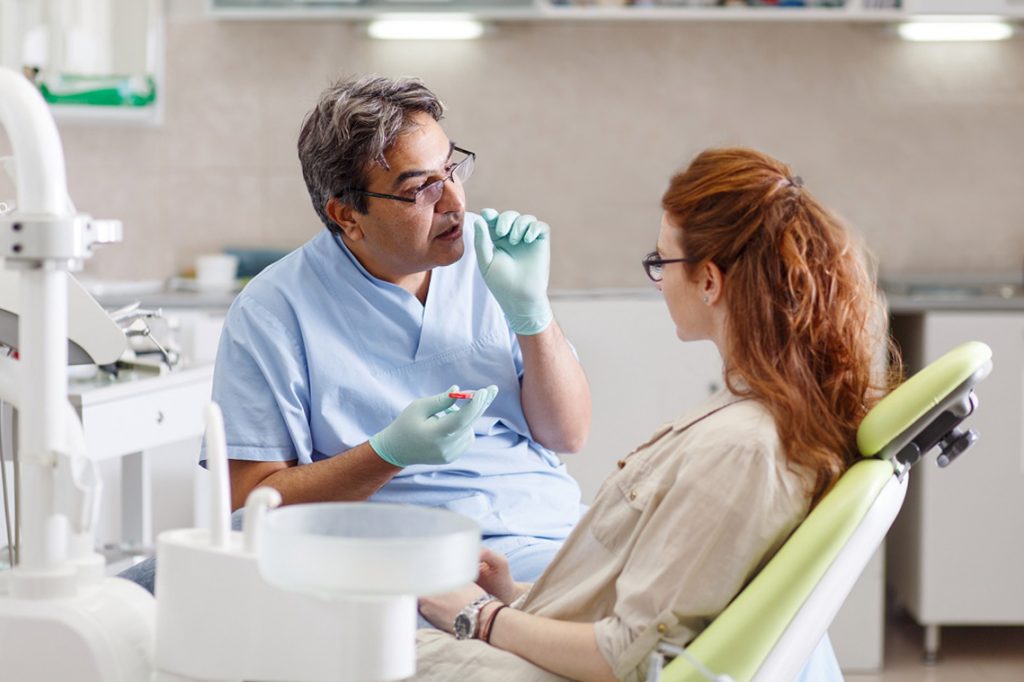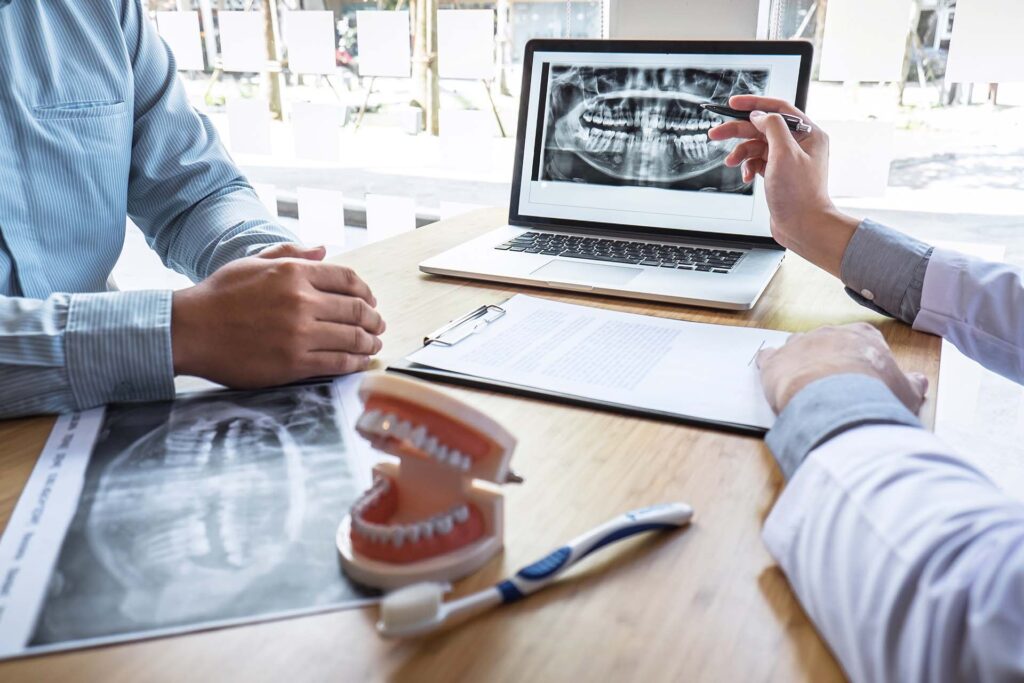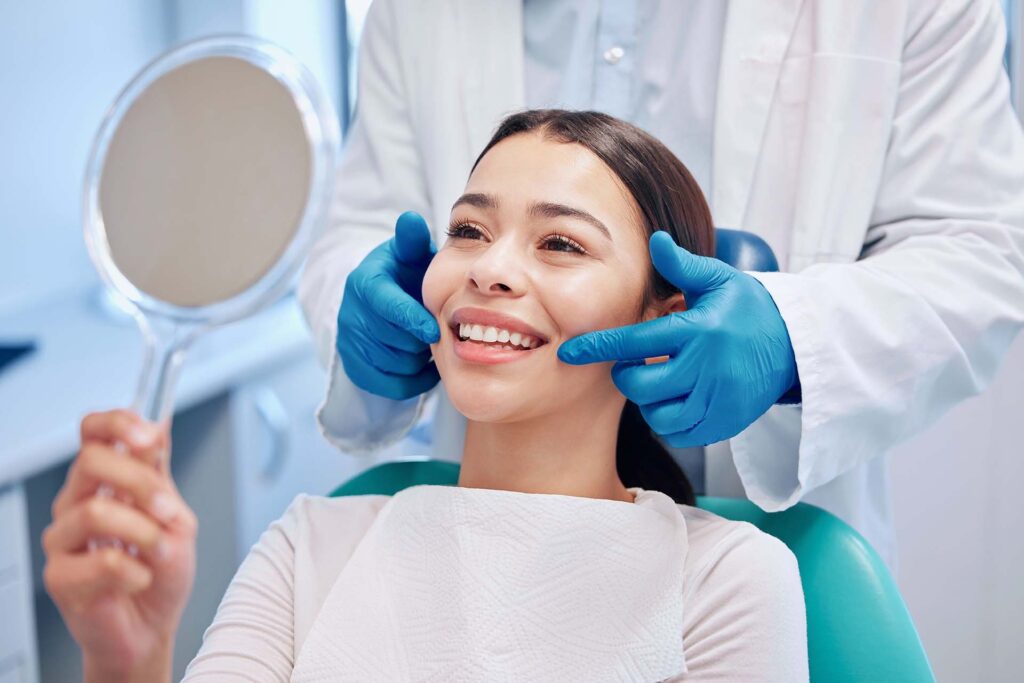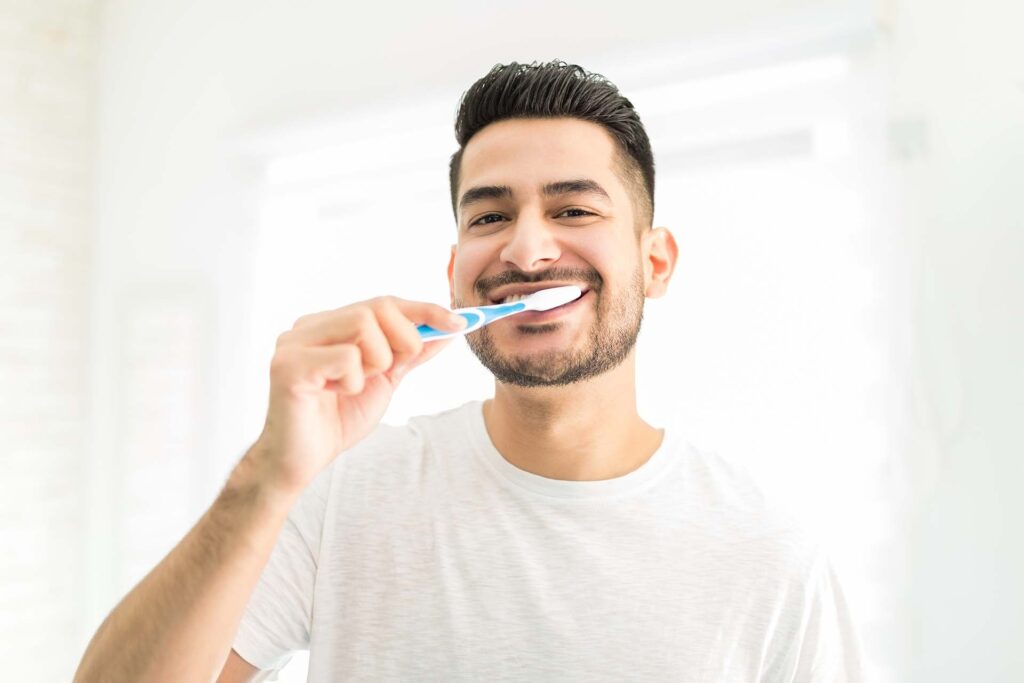Learn More About Orthodontic Treatment Options
The day you begin orthodontic treatment is a special day. Explore each treatment option below to learn more about which fits you best!


What Exactly is Orthodontics?
The oldest of the dental specialties, orthodontics is a revered branch of dentistry dedicated to diagnosing, preventing, and treating dental malocclusions and facial irregularities. Since its inception, orthodontics has been instrumental in enhancing smiles and improving oral functionality for millions. Over time, as dental science evolved, so did orthodontic techniques and tools.
The prime objective of orthodontics is to ensure optimal alignment of teeth and jaws, enhancing the symmetry of one’s facial structure. Modern orthodontics offers a blend of traditional practices and innovative technology, ensuring more efficient, less painful, and aesthetically pleasing treatment.
Orthodontic Treatment Options
There are a lot of orthodontic appliances these days – from retainers to clear aligners to metal and ceramic braces. Treatments can also vary between appliances that are fixed to your teeth or appliances that are removable.
They each have their uses and benefits. Orthodontists have the specialized knowledge to consider all possibilities based on variables like age, possible jaw imbalances, differences in the size of your teeth, and more. They know what and when to use the appropriate treatment option and will work with you to create a custom smile.
-
Braces
Composed of brackets that are affixed to teeth and wires that are threaded through slots in the brackets.
-
Aligners
Clear, thin, plastic-like trays that are formed to fit an individual’s teeth. Patients are responsible for insertion and removal.
-
Retainers
Removable, clear, thin, slightly flexible, and made of a plastic-like material. They fit the exact shape and placement of the teeth.
-
Elastics
Elastics are tiny rubber bands that apply extra force to a tooth or teeth in ways that braces alone cannot. This helps teeth move into their ideal positions.
-
Mouthguards
A mouth guard is used by athletes of all ages to protect teeth from trauma during competitive and individual sporting activities.
-
Orthodontic Surgery
Surgical orthodontics, also called orthognathic surgery, is corrective jaw surgery performed to remedy skeletal problems that affect the ability to bite, chew and speak.
-
Gifted Smiles
Gifted Smiles is a program of the American Association of Orthodontists Foundation (AAOF) that provides necessary orthodontic treatments to children of families who lack access to care.
The Benefits of Orthodontic Treatment
Orthodontic treatment does more than just perfect smiles; it can shape lives. The journey with orthodontics is transformative, both aesthetically and functionally. Here’s how:
Enhanced Aesthetics
A straight smile often boosts self-confidence and self-esteem. The changes brought about by orthodontic treatment can provide a renewed pride in one’s appearance.


Improved Oral Function
Misaligned teeth or jaw discrepancies can affect your ability to speak, bite, and chew. Orthodontic treatment straightens your teeth and can resolve other issues surrounding your teeth to help your teeth function properly.
Reduced Dental Issues
Crowded or crooked teeth can be breeding grounds for bacteria, leading to cavities and gum disease. By aligning the teeth, orthodontics reduces the spaces where harmful bacteria can hide.


Facilitating Proper Jaw Alignment
Conditions like deep overbite, underbite, and crossbite can strain the jaw, leading to disorders in the temporomandibular joint (TMJ). Orthodontic treatment can correct these misalignments, mitigating potential complications.
Enhanced Cleaning
Straight teeth are easier to clean, floss, and maintain. This leads to better oral health, fresher breath, and a reduced risk of periodontal disease.


Long-term Financial Savings
By investing in orthodontic treatment now, you can prevent many dental issues. This can translate into significant savings on potential future dental treatment.
Entrusting your smile to an orthodontist is a decision that reaps lifelong benefits. With each treatment option designed to cater to unique needs, you’re assured a journey that prioritizes your well-being at every step.

AAOF Donated Treatments
Donated Orthodontic Services (DOS) is a program of the American Association of Orthodontists Foundation (AAOF) that provides the connection to orthodontic treatment for children of families with financial need.
